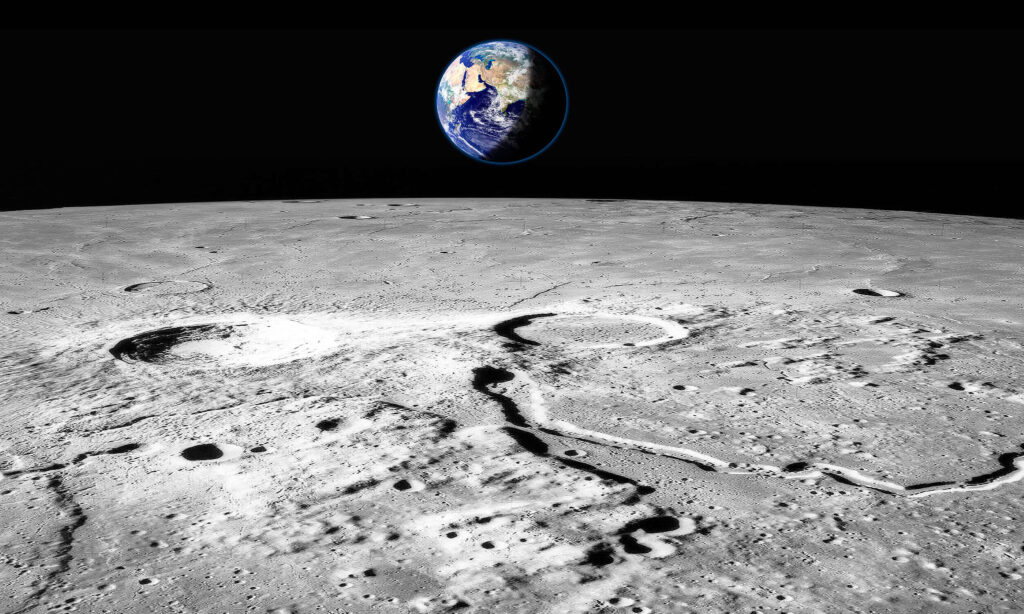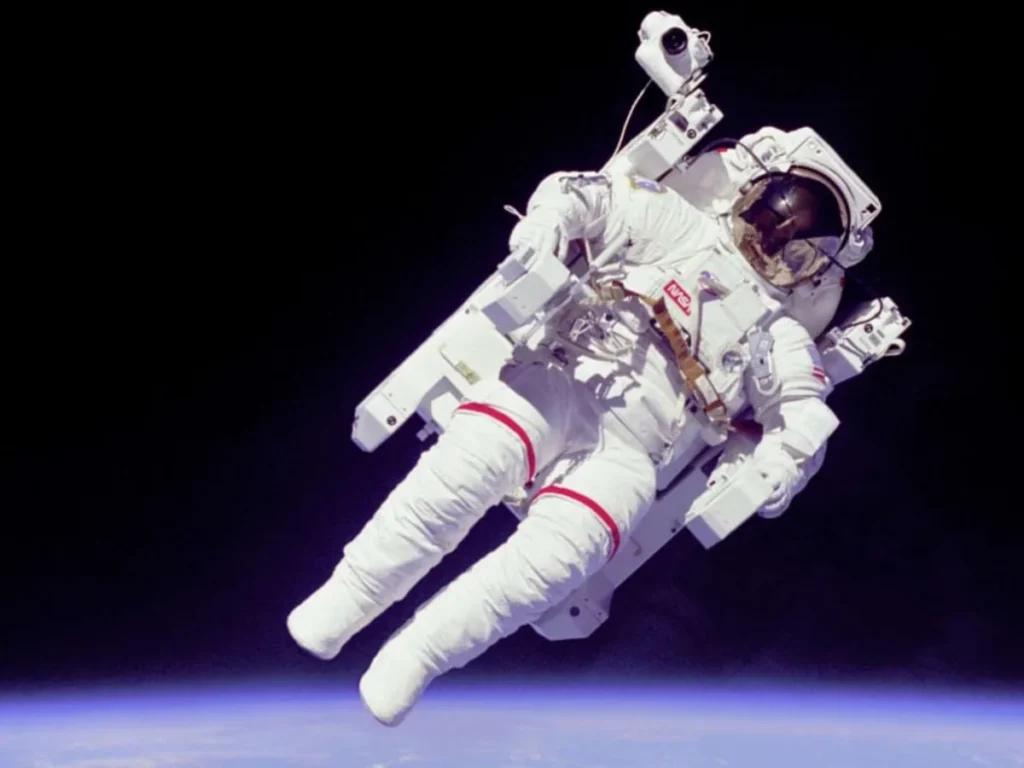6. Does the Moon Have Any Atmosphere at All?
The Exosphere: A Trace of Gas
The Moon has a very thin layer of gases around it, known as an exosphere, in technical terms. However, it’s so sparse—composed of helium, neon, and hydrogen—that it cannot support weather or wind.
No Atmospheric Pressure
With no meaningful atmospheric pressure, there’s no mechanism to move particles across the surface. The vacuum-like environment ensures that footprints and debris remain unmoved.
Implications for Surface Integrity
This ultrathin atmosphere is insufficient to cause any erosion, so surface features—whether natural or man-made—are virtually permanent by human timescales.
7. Natural Surface Changes on the Moon

Moonquakes
Though rare, moonquakes can shake the lunar surface. Caused by tidal forces, thermal expansion, or meteorite impacts, they occasionally cause minor shifts in the regolith.
Thermal Cycling
Extreme temperature swings between lunar day and night cause expansion and contraction of surface materials. Over millions of years, this thermal stress can cause gradual degradation.
Solar Radiation and Space Weather
Solar wind and cosmic rays can change the chemical composition of the lunar regolith’s surface over time. However, this process doesn’t affect the physical shape of footprints in any significant way over short time periods.
8. The Science Behind Footprint Preservation
Compaction Mechanics
When an astronaut steps on lunar soil, their weight causes fine dust particles to compress tightly. This compression creates well-defined and durable prints.
Static Electricity in Lunar Dust
Lunar dust has electrostatic properties that allow it to cling to surfaces and stay in place, helping to stabilize things like footprints. This helps preserve the integrity of the footprints, especially in the absence of shaking forces.
Lack of Biological Activity
The Moon is devoid of microbes or plants, so nothing is there to disturb or alter the soil. Unlike Earth, where living things are always changing the landscape, the Moon’s surface stays untouched because it has no life.
9. Long- Term Consequences of Space Exploration

Preservation of Lunar Heritage
The sites of the Apollo landings are of historical significance, and various space agencies and researchers propose that they be preserved as cultural heritage.
Future Tourism and Exploration
As interest in lunar tourism and colonization grows, there’s a push to establish protocols to avoid disturbing the preserved Apollo sites. These footprints are humanity’s common legacy.
Scientific Opportunities
Preserved footprints and equipment offer insights into long-term exposure to radiation, vacuum, and micrometeorite impacts. Analysis of them can assist in designing improved spacecraft and equipment for future missions.
10. Educational and Cultural Value
Teaching the Permanence of Space
The enduring footprints teach students and the public about physics, space science, and environmental conditions beyond Earth. They are an effective image for learning the extent to which our world is different from the Moon.
Inspiring Generations
Just like cave paintings tell stories of early human life, these lunar footprints tell the tale of humanity’s first steps into the cosmos. Their durability evokes awe and intrigue about what lies ahead.
International Cooperation and Respect
Conservation of these places could promote global accords to honor space heritage. This might be the first step towards peaceful exploration and collaboration on the Moon and beyond.






